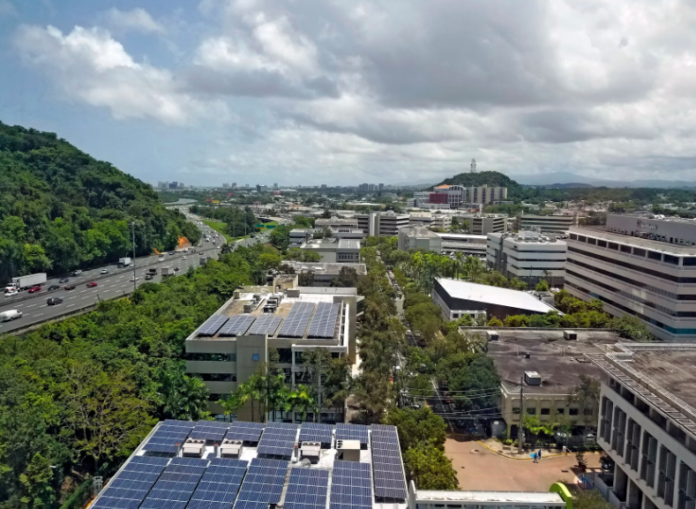Enhancing your home’s energy efficiency is a smart way to reduce utility bills, improve comfort, and contribute to a more sustainable environment. By making thoughtful upgrades and adopting energy-saving practices, you can significantly lower your energy consumption and environmental impact.
From upgrading appliances to improving insulation and exploring advanced technologies like tankless water heaters, there are several effective strategies to boost your home’s efficiency.
Here are six key ways to make your home more energy-efficient.
1. Upgrade to Energy-Efficient Appliances
Older appliances often use more energy than modern, energy-efficient models. When you upgrade to appliances with the ENERGY STAR label, you’re investing in products that meet strict energy efficiency standards set by the U.S. Environmental Protection Agency.
For example, energy-efficient refrigerators, dishwashers, and washing machines use advanced technologies to reduce power consumption while maintaining high performance. This means you’ll see lower energy bills and contribute to reducing your carbon footprint.
2. Improve Home Insulation
Insulation helps maintain your home’s internal temperature by creating a barrier between the inside and outside environments. Proper insulation in areas like the attic, walls, and floors can prevent heat from escaping during winter and keep cool air inside during summer.
Insulation materials such as fiberglass, foam, or spray foam can enhance your home’s thermal resistance. By improving insulation, your HVAC system doesn’t have to work as hard to maintain a comfortable temperature, which leads to lower energy consumption and reduced utility costs.
3. Install a Programmable Thermostat
A programmable thermostat allows you to set specific heating and cooling schedules for different times of the day or week.
This targeted approach to temperature control helps reduce energy usage and costs. Some advanced smart thermostats also learn your preferences and adjust settings automatically based on your habits and local weather conditions.
4. Switch to Tankless Water Heaters
Traditional tank-style water heaters continuously heat a large tank of water, which results in standby heat loss even when you’re not using hot water. Tankless water heaters, on the other hand, heat water on demand as it flows through the unit.
This means you only use energy when you actually need hot water, eliminating unnecessary energy consumption. Tankless models are also more compact and can be installed in smaller spaces, making them a versatile option for many homes.
5. Maintain Your Septic Tank
Although not directly related to energy consumption, maintaining your septic tank contributes to overall home efficiency.
A well-functioning septic system ensures that wastewater is processed efficiently, preventing backups and leaks that can lead to more significant plumbing issues. Keeping your septic system in good condition helps maintain efficient water flow and minimizes potential repair costs.
6. Seal Air Leaks
Air leaks around windows, doors, and other openings can significantly impact your home’s energy efficiency. Drafts and leaks allow conditioned air to escape and outside air to enter, forcing your HVAC system to work harder to maintain the desired temperature.
Sealing these leaks with weatherstripping, caulking, or expanding foam can help create a more airtight home. This simple yet effective measure reduces energy waste, enhances comfort, and lowers heating and cooling costs.

